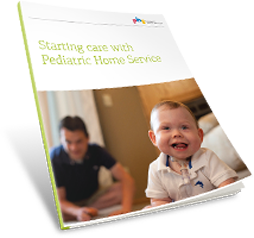Clinical Online Education
Enteral Basics (Online Curriculum)
This interactive, narrated, self-paced online course focuses on the basics of providing care to adult and pediatric patients requiring enteral therapy, with emphasis on the home care environment. Topics include:
- Types and parts of feeding tubes, accessories, and enteral nutrition products.
- Care and management of feeding tubes, including insertion and removal, placement verification, and ongoing maintenance.
- Types of formula.
- Enteral feeding routines, including bolus, intermittent, and continuous.
- Enteral feeding methods, including administration using syringe, gravity drip, and enteral food pump.
- Venting air from a feeding tube.
An optional in-classroom lab for hands-on time is available. The optional lab takes place at Pediatric Home Service in Roseville, Minnesota. NOTE: This is not a skills competency. Each employer is responsible for ensuring their staff’s competence.
3 contact hours will be awarded to online class participants.
Criteria for successful completion to receive three contact hours
- Completion of all course modules
- Achieving a passing score of 85% on post-test
- Completion and submission of evaluation form
There is no conflict of interest for anyone with the ability to control content of this activity.
This nursing continuing professional development activity was approved by the Ohio Nurses Association, an accredited approver by the American Nurses Credentialing Center’s Commission on Accreditation. (OBN-001-91) Activity Number 2022-0000000634. Expiration date 11/23/2024.
If you are not a nurse, you are responsible to ensure this course meets your clinical CE requirements.
Objectives: Upon completion of the presentation the participant will be able to
- Demonstrate proper setup and use of feeding tubes, accessories, and enteral nutrition products.
- Demonstrate how to properly perform feeding tube management and care including administration of feedings, fluids, flushes, and medications.
- Demonstrate how to safely perform a routine nasogastric and low profile feeding tube change.
- Identify enteral nutrition feeding routines and delivery methods with associated safety concerns.
Course authors: Rachel Halvorson, RD, CSP, LD, Lana Clark, RD, LD, Katie Dahlberg, LPN, Jean Stumpf, BSN, CRNI


